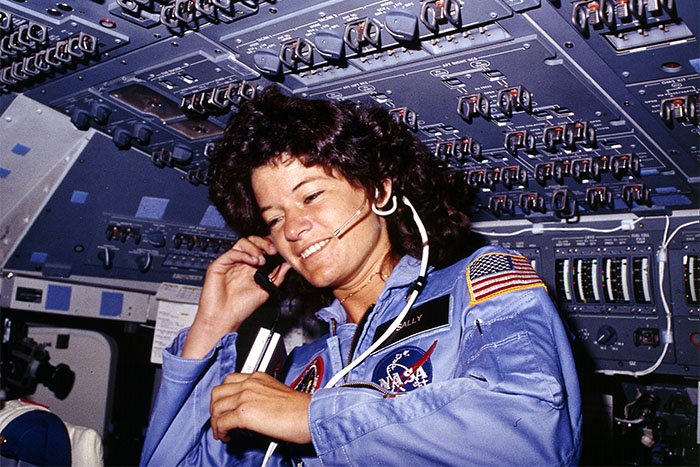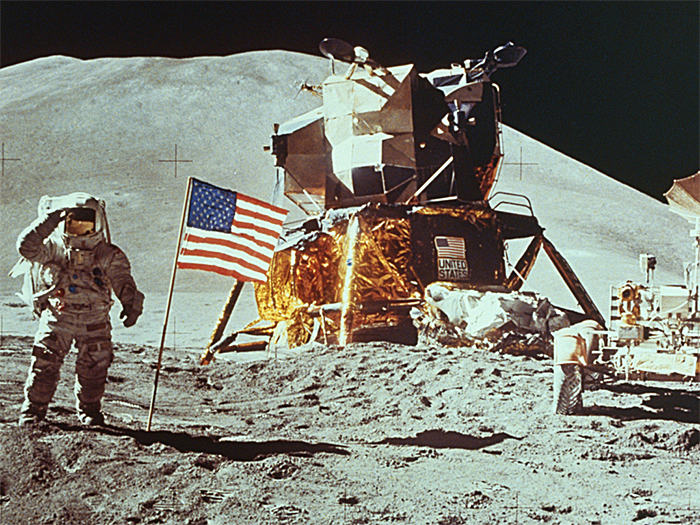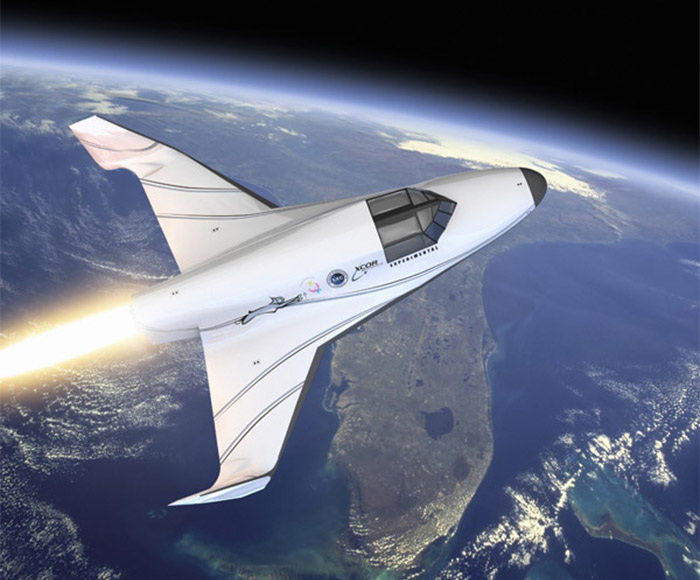The Midland Reporter-Telegram reports that Midland International Airport is making progress on the FAA spaceport licensing process, in preparation for XCOR Aerospace’s upcoming move to Texas.
According to the Reporter-Telegram, the Midland City Council has amended a contract with engineering consulting firm Parkhill, Smith, and Cooper to cover work on the launch-site license application including an environmental assessment, a baseline noise study, and a sonic-boom analysis.
The article states, “The contract was amended for costs of up to $628,502.”
$628,000 is not a huge sum of money in the context of establishing a new spaceport, but it’s not trivial, either. None of this money goes to build the spaceport, it’s merely paperwork – and that sum doesn’t even include the additional money the Federal government must spend to process and evaluate the paperwork
Launch-site licensing for reusable vehicles is a relatively new area for the FAA, despite previous successful launch-site applications beginning with Mojave Air and Space Port. Midland is also breaking new ground by being the first to establish a spaceport at commercial airport with scheduled passenger airline service.
Licensing expenses of this magnitude are tolerable in the context of a major corporate R&D center, such as the one XCOR is planning for Midland. That may not always be true for future launch sites, however. If suborbital vehicles proliferate as rapidly as both industry and FAA are hoping, there may soon be dozens of launch sites, all over the country. Some may be bustling commercial spaceports, but others may be special-purpose sites that support a limited number of launches for a period of time.
It’s natural to assume that the cost of preparing a launch-site license application will go down over time as industry gains more experience in the process. There’s also the natural tendency of bureaucrats to add more and more requirements over time, however. The FAA Office of Commercial Space Transportation under Dr. George Nield has had a good working relationship with industry. They understand the potential danger that runaway regulation could pose for the industry. There is no guarantee that will always be the case, however. Eternal vigilance, as they say…







